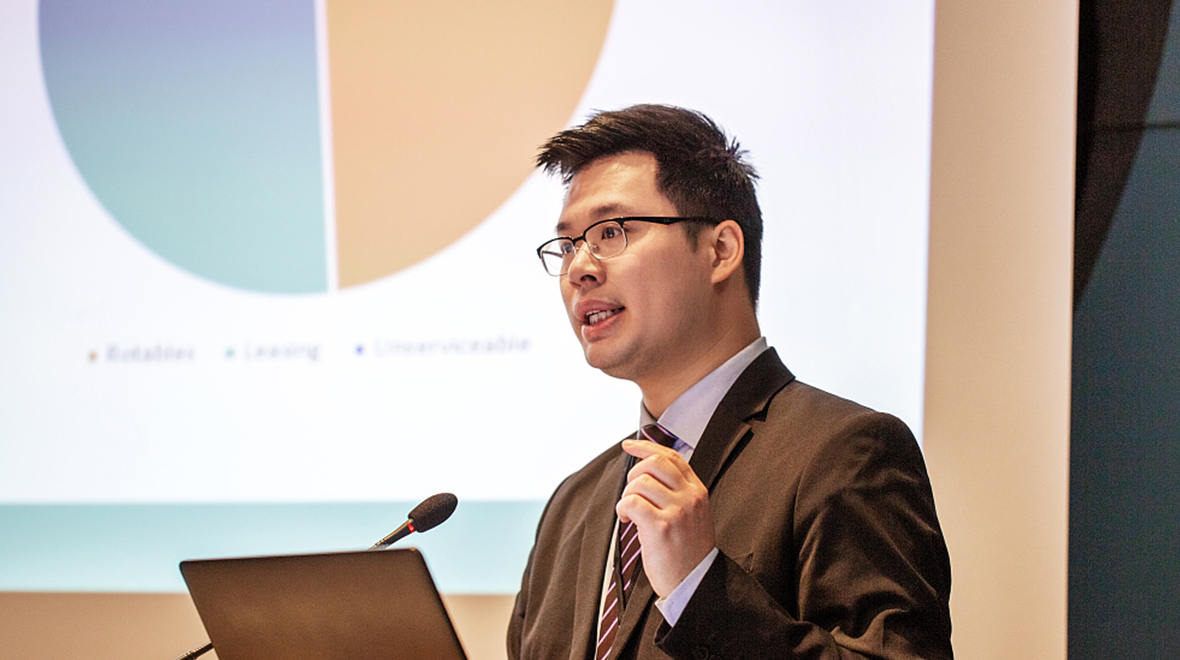Shaoxing city printing and dyeing industry has an important position in the domestic printing and dyeing map, and is one of the local traditional pillar industries.Standing at the important node of the first "14th Five-year plan" and opening a new journey, Shaoxing city actively planned and scientifically deployed under the guidance of the planning outline, successively issued a number of development plans, and built a perfect and coordinated "14th Five-year plan" development system.Among them, a number of development plans put forward overall ideas for the transformation and upgrading of the printing and dyeing industry. In the future, Shaoxing printing and dyeing industry will usher in more development opportunities, and we should also think about how to deal with the challenges brought by the development and reform.

When summarizing the development achievements of the 13th Five-Year Plan period, it is pointed out that Shaoxing city has made major breakthroughs in industrial transformation and upgrading, and the pilot transformation and upgrading of traditional industries has achieved obvious results.New progress has been made in the cross-domain integration of urban printing and dyeing and chemical industries. Modern textile has been selected into the pilot demonstration list of national advanced manufacturing clusters. The integration of manufacturing and services has been accelerated, and new business forms and models have been emerging.
Good industrial chain modernization, value chain high-end battle, promote the industrial chain to the high-end, need to reshape the traditional industries, adhere to the "cage for bird, phoenix nirvana", continue to optimize the layout of major productivity, complete the city printing and dyeing, chemical industry cross-regional agglomeration, carry out the park global governance.We will further promote the digital, intelligent, cluster, service-oriented and green upgrading of textile, chemical and metal processing industries, greatly improve the technology, value and ecological content of industries, and build more recognizable demonstration sites for the transformation and upgrading of traditional industries.By 2025, it will cultivate a national modern textile industry cluster and become a global high-end dye and green chemical innovation center.

 Address:
Address: